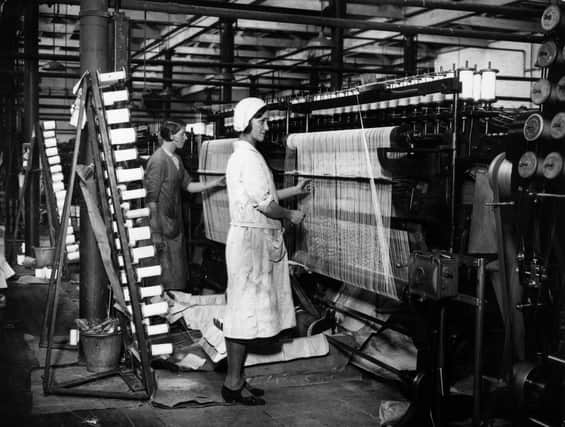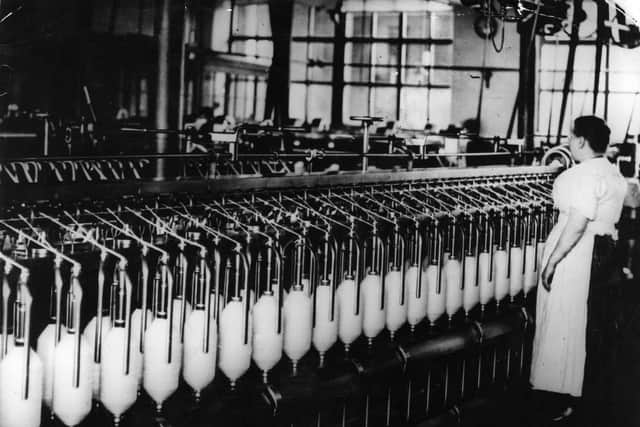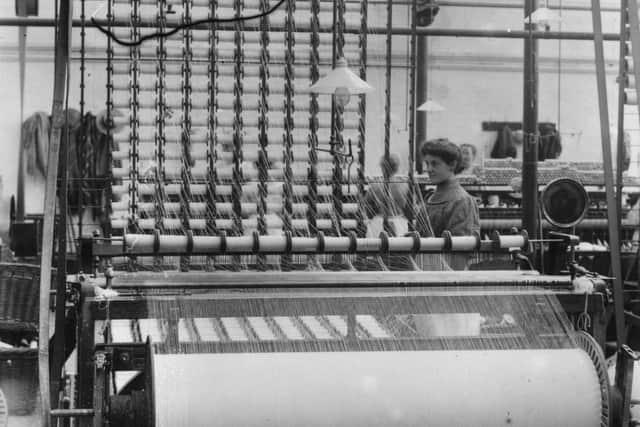Mills that fuelled the original Northern Powerhouse


But the industrial patchwork is threadbare now. Nearly half the mill chimneys and the factories that once spread out beneath them have gone. In Bradford alone, some 100 have been gutted by fire in the last half century.
No city symbolised the wealth brought by wool more than this corner of the West Riding. More important than Leeds as a manufacturing centre, it sustained two centuries of growth. But where there was brass, there was also muck – and George Weerth, the German writer and companion of Marx and Engels, who worked in Bradford for a time, pulled no punches in his description of it.
Advertisement
Hide AdAdvertisement
Hide Ad“Every other factory town in England is a paradise in comparison to this hole,” he wrote. “In Leeds you have to cough with the dust and the stink as if you had swallowed a pound of Cayenne pepper in one go – but you can put up with all that.


“In Bradford, however, you think you have been lodged with the devil incarnate. If anyone wants to feel how a poor sinner is tormented in purgatory, let him travel to Bradford.”
The benign millowner Titus Salt tried to buck the trend, attempting as city Mayor to curb the amount of smoke belched from the tall chimneys. When the other factory owners rebelled, he moved his workforce out of the city to the greener surroundings of Saltaire, and the village he built for them is his legacy.
But where the rest of the landscape once clattered to the noise of a thousand looms, only the echo remains of a proud but distant heritage – and one all too often abandoned.
Support The Yorkshire Post and become a subscriber today.


Advertisement
Hide AdAdvertisement
Hide AdYour subscription will help us to continue to bring quality news to the people of Yorkshire. In return, you’ll see fewer ads on site, get free access to our app and receive exclusive members-only offers.
So, please – if you can – pay for our work. Just £5 per month is the starting point. If you think that which we are trying to achieve is worth more, you can pay us what you think we are worth. By doing so, you will be investing in something that is becoming increasingly rare. Independent journalism that cares less about right and left and more about right and wrong. Journalism you can trust.
Thank you
James Mitchinson
Comment Guidelines
National World encourages reader discussion on our stories. User feedback, insights and back-and-forth exchanges add a rich layer of context to reporting. Please review our Community Guidelines before commenting.